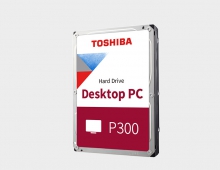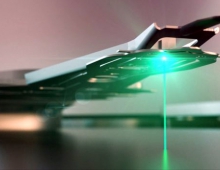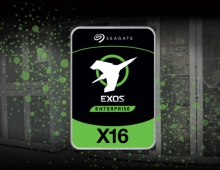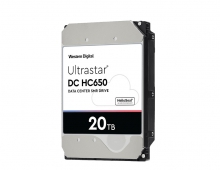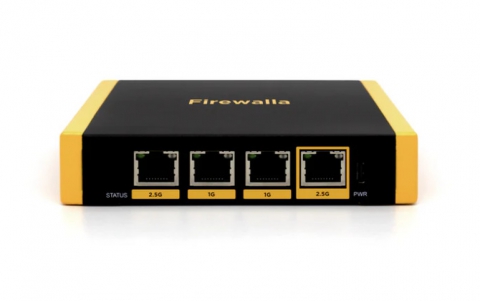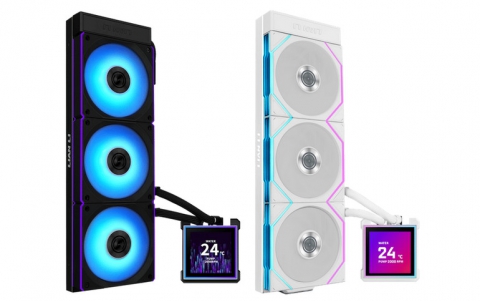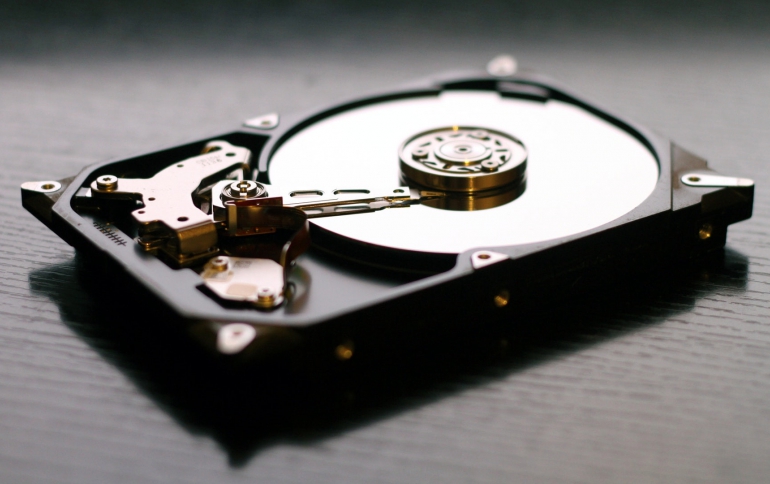
Smoke Could Bring Your Hard Drive Closer to Failure
Hard drives operating in environments with smoke could make your hard disk fail faster.
Conventional hard disk drives work by spinning a series of aluminum or glass platters on a spindle driven by an electric motor. And when spun up, they are going pretty fast and with incredibly fine tolerances: hard disk drives used in servers spin their platters at up to 15,000 revolutions per minute (RPM), which works out to around 150 mph. Just barely above and below these platters float minuscule read-write heads, each less than a millimeter wide, at the end of an actuator arm. The distance between the heads from the plattersis as little as 3 nanometers, or about 1/25,000th the thickness of a human hair. This means that that smoke particles, often less than a micron in size, might pass between the platters and read-write heads with ease.
Hopefully, conventional-type hard disk drives that go into desktop and laptop computers have altitude specifications both for use and just for being transported. This is because they are not actually sealed assemblies, as one might think, but have an air pressure equalization hole on them somewhere that allows the pressure of the air inside the hard disk drive to remain the same as the air pressure outside of it. This helps ensure that your hard disk drive doesn’t crush itself or pop open due to changes in altitude. However, some smoke particles are small enough that they can actually can get drawn in through the air pressure equalization hole and end up bouncing across the surface of the platter at high speed, causing microscopic scratches and flaking of the thin film material on the surface of the platters, which is where data is actually stored.
The highest-capacity enterprise hard disk drives are filled with an inert gas, such as helium, during manufacturing and then hermetically sealed. Of course, smoke particles are not able to work their way inside these types of sealed hard disk drives. However, they still can be corrosive and that they can still cause oxidation damage to the exposed parts of a hard disk drive, such as the drive controller’s circuit board.
When a ahrd disk has been exposed to smoke, there may be no obvious signs of damage. Also, the damage may not occur immediately, but take weeks or months to manifest.
If a hard disk drive has been exposed to smoke, you can remove it from your system and clean the exterior with an antistatic, lint-free, microfiber cloth. For the circuit board, an anti-static nylon brush used for cleaning the inside of computers works well. If there’s a visible layer of smoke residue on the hard disk drive, gently cover the air pressure equalization hole with a piece of electrical tape, then moisten the cleaning cloth or brush in a 1:1 mixture of distilled water and isopropyl alcohol so that it is damp and clean the exterior. Do not remove the electrical tape until the hard disk drive is completely dry. Once it is dry, gently remove the tape and very lightly clean around the air pressure equalization hole with a dry cloth in a direction away from the hole.
After the hard disk drive’s exterior surface is cleaned, dried and the tape removed, it can be plugged into a computer, and any valuable data can be copied from it.

